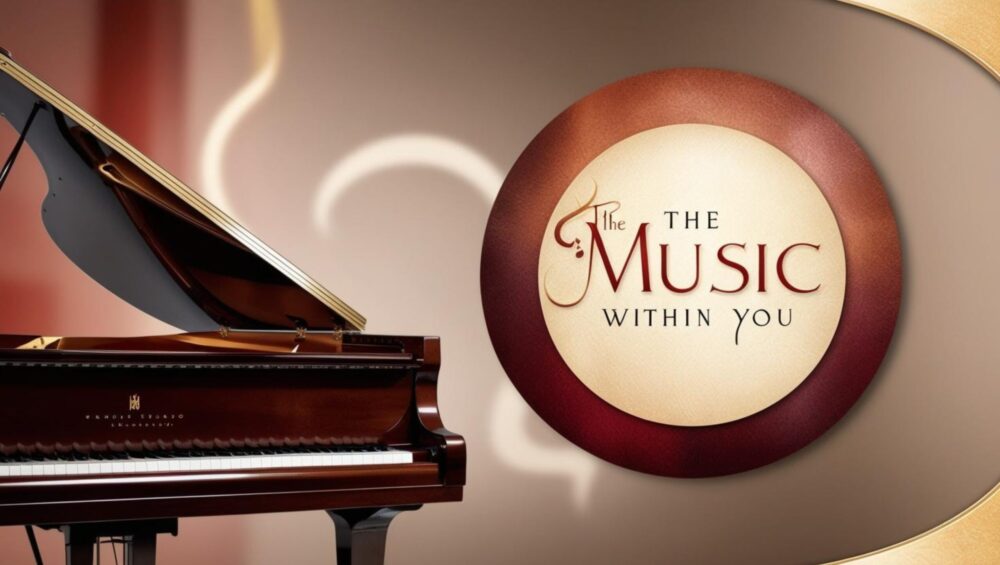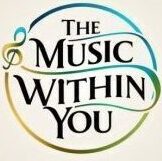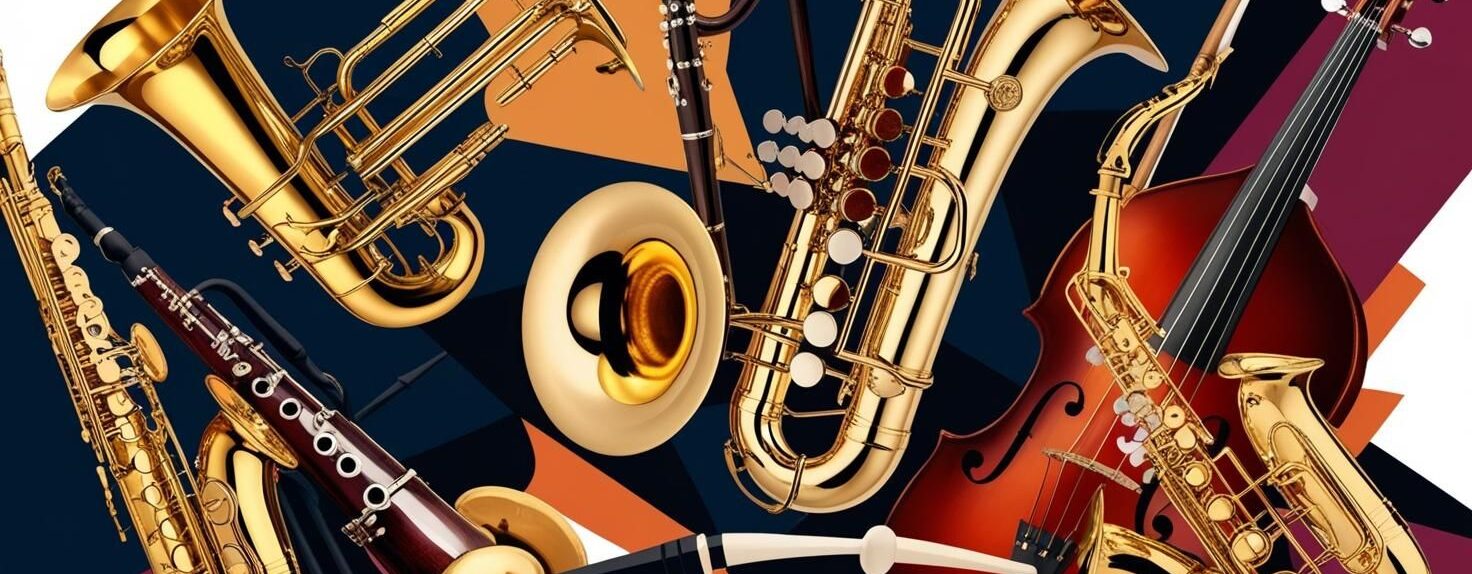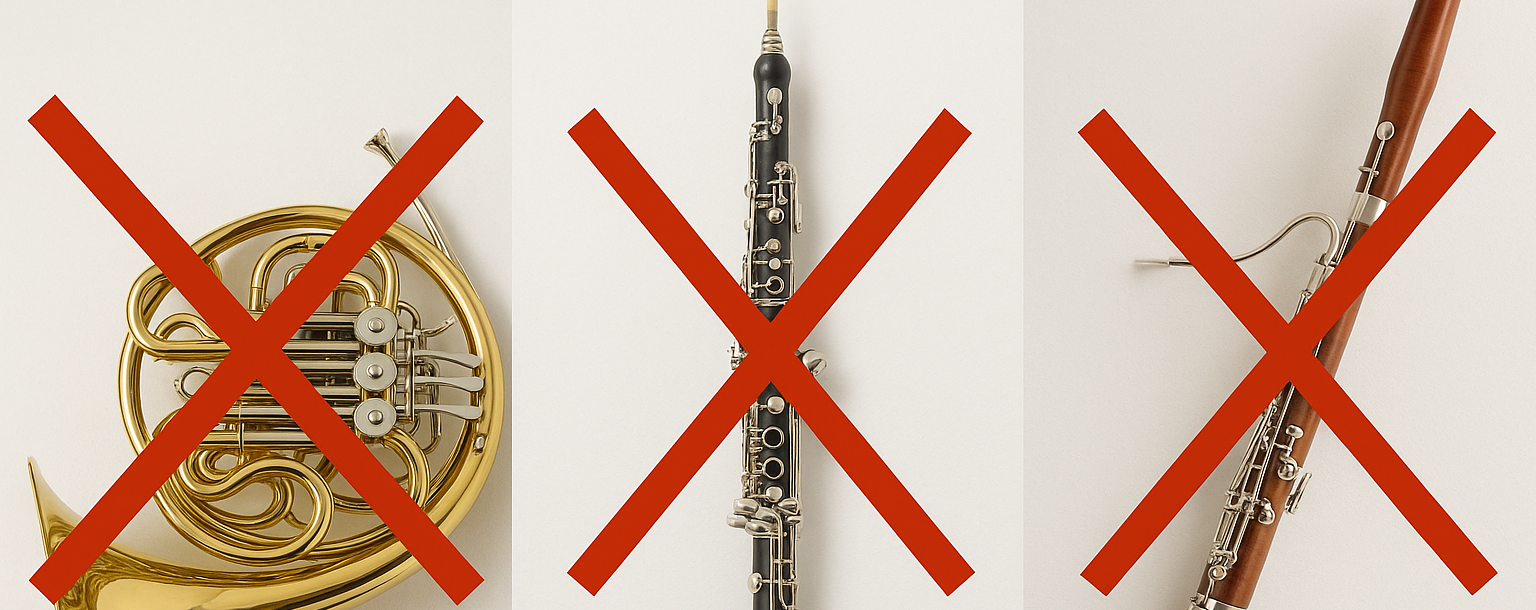Rhythm is the heartbeat of music and, let’s be real, the essence of life itself. Ever notice how some tunes just make you tap your foot or nod your head no matter what’s going on around you? That’s rhythm working its magic. It connects dots in ways words sometimes can’t. It’s what ties everything together, giving music its flow and energy.
Everyone’s got a unique rhythm waiting to be discovered. Maybe you’re the type who jams to fast-paced rock or someone who sways to slow, soulful ballads. It’s all about what moves you. Start by listening to different genres and pay attention to what makes you feel alive. Music, at its core, is about connection. Finding what resonates with you is like meeting a long-lost friend.

There are endless stories of folks finding their musical groove in the most unexpected ways. Some realize it while dancing at a family wedding, others while chilling at home listening to their favorite tunes on a rainy day. Pay attention to those moments when you lose yourself in a song. That’s your natural groove revealing itself.
Once you’ve found that groove, you’ve got to let it lead you. Don’t just hear the beat – feel it. Practice with simple clapping exercises or tap along to your favorite songs. These small exercises help sharpen your timing and make you more aware of music’s pulse. Embrace this journey to understanding your rhythm and soon, you’ll be able to express it beautifully, whether you’re playing an instrument or just vibing to your favorite tracks.
Mastering the Basics of Rhythm and Timing
Grabbing the basics of rhythm is like learning a new language – it’s foundational. You’re stepping into a world where beats, tempo, and meter rule. These elements may sound technical, but they’re the essence of the music that gets us grooving. It’s all about feeling the beat and knowing how to play with it.
Start with understanding the beat, which is the steady pulse you feel in a song. It’s like your musical metronome. Tempo, on the other hand, is how fast or slow that beat moves. Think of tempo as the speedometer for your music journey. Meter organizes these beats into manageable parts. Discovering these rhythmic elements is crucial for any budding musician.
To get a grip on timing, try some simple exercises. Clap along to a set rhythm, or try tapping your hands following the beat of a song. These practices help build your timing skills, like a workout for your musical brain. If tech’s your thing, use metronomes or rhythm apps. They’re fantastic tools for learning to keep time and can be a fun part of practice.
And hey, rhythm shouldn’t be limited to your musical practice times. Weave it into your daily routine. Dance around your living room or use your commute to tap out rhythms on your steering wheel (safely, of course!). Little rhythmic integrations like these reinforce what you practice, adding a fun twist to your day.
In mastering these basics, remember, there’s no rush. Dive into each element and play around with them. Experiment, make mistakes, and keep that curiosity alive. Every beat you learn leads you closer to becoming the musician you were meant to be.
Exploring Instruments that Suit Your Rhythm
Finding the right instrument to match your natural rhythm is like finding the perfect pair of shoes – it should fit well and feel right. Everyone’s rhythm has an instrument that’s just waiting to bring it to life. Whether you’re drawn to the thunder of drums or the smooth strings of a guitar, there’s something out there that’ll click with your unique style.

When picking an instrument, think about the kind of music you vibe with. If your rhythm is fast and energetic, maybe drums or electric guitar could be your match. For something jazzy or bluesy, a piano or saxophone might sound like sweet harmony with your style. Listen to your gut – and maybe a few online instrument demos – to guide your choice.
Starting out on a new instrument can feel daunting, but don’t sweat it. Every pro was once a beginner who missed notes and learned from their struggles. Look for beginner-friendly resources online. There are dedicated apps and YouTube channels to guide you through those tricky early days.
Thinking about digital versus acoustic? Both have their perks. Digital instruments, like electric keyboards, often have built-in features like metronomes or recording options, great for self-learners. Acoustic versions, on the other side, offer a raw, authentic sound and connection—you feel every vibration right through you.
If you’re leaning toward learning at home, know that help’s still available. Video tutorials and online lessons make it easier than ever to pick up skills without stepping outside. Fellow learners and forums can be a great source of support and motivation, keeping you engaged with the musical community even from home.
Building Confidence Through Performance
Performance brings everything you’ve learned into the spotlight. It’s where you share your rhythm with others and feel the electrifying buzz that only playing for an audience can give. But stepping on stage can be nerve-wracking, right? Just the thought might have your heart racing faster than a drumroll.
Playing with others can make a huge difference for beginners. Jam sessions with fellow musicians are fantastic for sharpening your timing and soaking in different musical styles. You’ll learn from each other, catching tricks and tips that only live playing can teach. It’s collaboration at its best, turning practice scenarios into shared rhythmic adventures.

Worried about stage fright? You’re not alone – even seasoned musicians get the jitters. A good way to face those fears is to break them down into smaller, manageable parts. Start by playing for a friend or a small group to get used to the feeling. Over time, those spaces won’t feel intimidating; they’ll feel like an extension of your practice zone.
Set small, achievable goals for every practice session to build confidence. It can be as simple as getting through a song without missing a beat or learning a new chord each week. As you hit these targets, you’ll notice how they boost your morale and make you ready for bigger challenges, like performances.
There are many stories of beginners who found new meaning in their lives simply by picking up an instrument and playing publicly. The joy of seeing an audience react positively to your rhythm is unmatched. So, embrace those opportunities, setbacks, and breakthroughs—each contributes to your unique musical journey.





